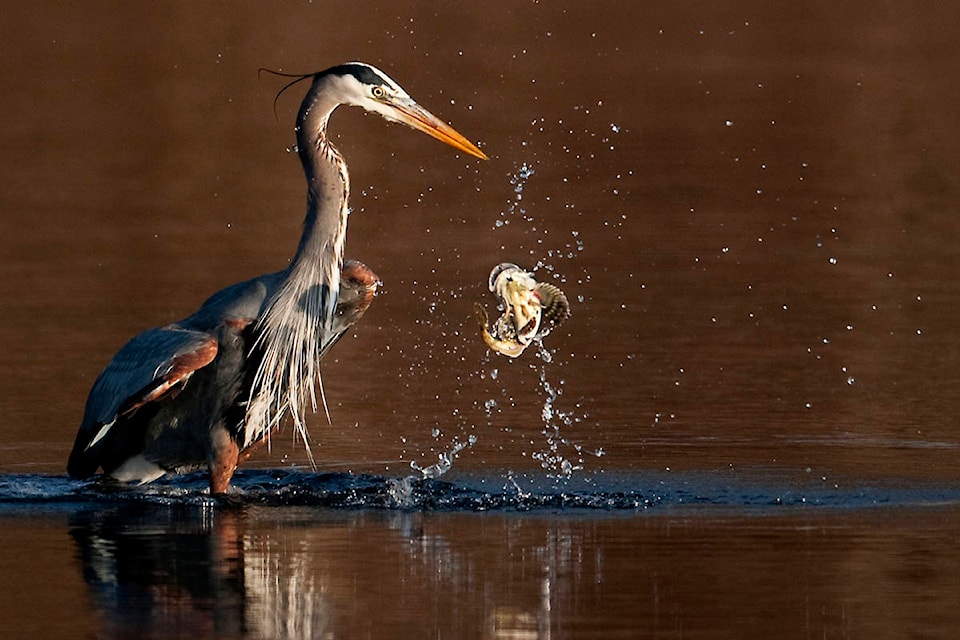Work has been temporarily delayed on a portion of a trail running along Hoylake Road in Qualicum Beach after the town cut back vegetation before a promised public walkthrough.
The portion of trail, part of the School Connector Route, is home to a Great Blue Heron nesting site. After trees were cut down for the trail, some residents expressed concern that the move could have potentially damaging effects on the heron population that nests there, due to their nests being more exposed.
Daniel Sailland, Chief Administrative Officer for the town, said the town has been working with a biologist and provincial staff since the cutting.
“All parties agree that it is more prudent to temporarily delay the work taking place in the vicinity of the heron colony and as such work along this portion has been halted,” he said in an email. “Work will continue along other parts of the trail as we continue to work towards the provinces grant deadline of March 31, 2020.”
READ MORE: Qualicum Beach council calls premature cutting back of trail vegetation ‘unfortunate’
Cutting back of trees began after the initial walkthrough was postponed due to snowfall. This was after council had unanimously passed a motion saying they would do a walkthrough in early 2020 before cutting back any vegetation.
“It’s important that we cleared enough of the path to get the work done, and then we’ll go back and we will replant the trees and make it look nice. It was unfortunate that the trail walk didn’t happen before [the clearing]. Whether it would have changed anything, I’m not sure,” said Mayor Brian Wiese in February.
The town doesn’t have a fixed time for starting back up work on that portion of the trail. The trail will remain open at this time, with signage asking people to keep their dogs on leashes and remain quiet.
According to the provincial government, Great Blue Herons are “considered vulnerable to disturbance by Bald Eagles and humans. Urban and rural development results in the loss of suitable nesting areas and disturbance to birds during their breeding season.”
The province also recommends: a buffer of at least 300 metres in undeveloped areas; 200 metres in rural areas; 60 metres in urbanized areas and an additional 200-metre ‘no disturbance’ buffer is recommended during the nesting season, especially for colonies not previously accustomed to people and their activities.
However, Sailland said the nests weren’t in the provincial registry until recently.
“We are monitoring the activities on site but do not currently have a fixed time for recommencing the trail work in that area. The heron nests were not in the provincial registry but the locations have been provided and are now being added to the wildlife atlas,” he said. “The trails works completed are within the guidelines and recommendations provided by the Ministry.”
